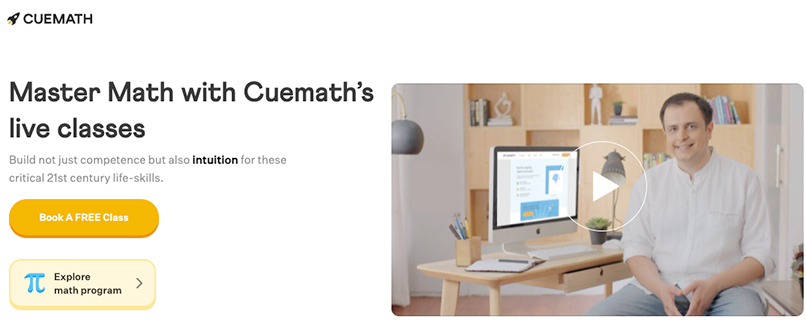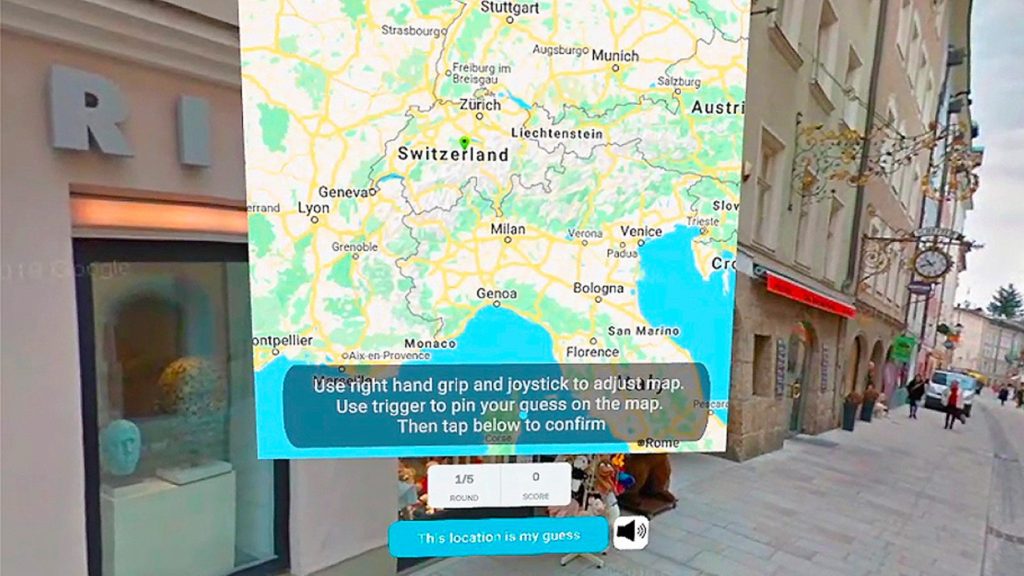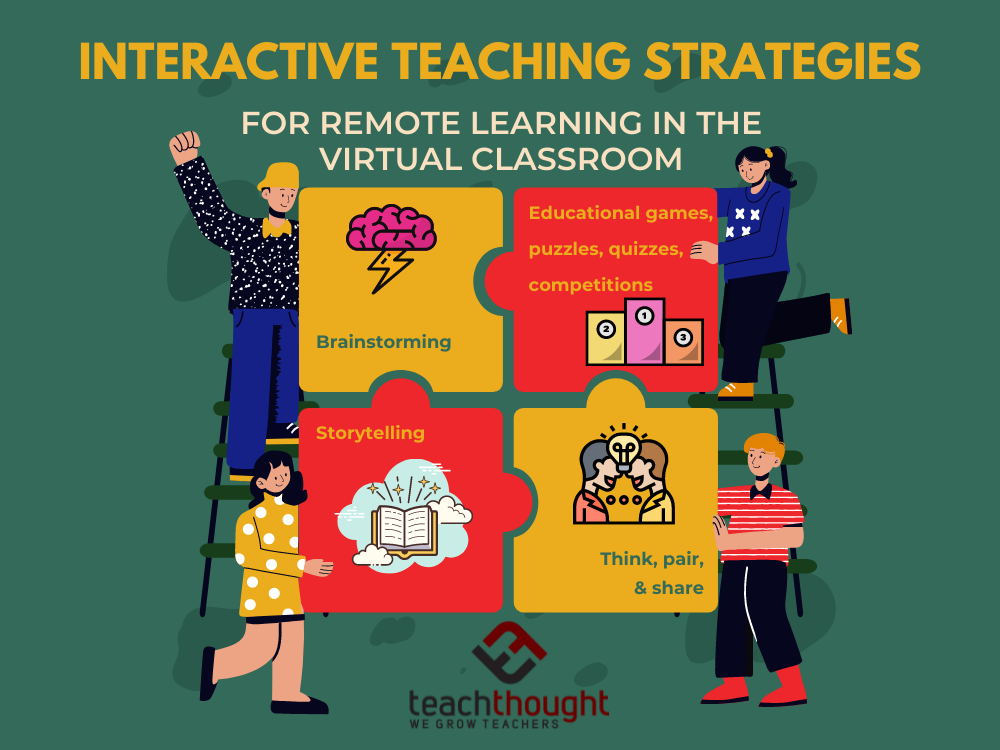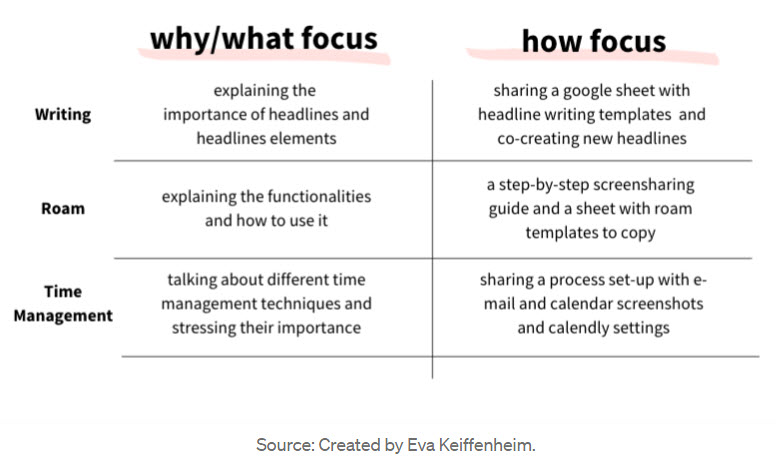From DSC:
Seeing the functionality in Freehand — it makes me once again think that we need to use more tools where faculty/staff/students can collaborate with each other REGARDLESS of where they’re coming in to partake in a learning experience (i.e., remotely or physically/locally). This is also true for trainers and employees, teachers and students, as well as in virtual tutoring types of situations. We need tools that offer functionalities that go beyond screen sharing in order to collaborate, design, present, discuss, and create things. (more…)
Math worksheets for the learning process — from intelligenthq.com
Excerpt:
If you want to master the subject of mathematics, constant practice of various topics is a must. To ensure that you have the proper grasp of all the topics of the subject, solving worksheets for math is one of the best techniques. Worksheets for math facilitate the stepwise mechanism which enhances the learning process and helps students identify their mistakes. Once they can recognize what their mistakes are, they can work on improving them. Worksheets for math also have visual problems that help in the visualization process of students and make their analyzing and strategic capability high. Take worksheets for math from Cuemath and excel in math.
Also see:
Also relevant/see:
In New Math Proofs, Artificial Intelligence Plays to Win — from quantamagazine.org; with thanks to Alec Lazarescu on Twitter for this resource
A new computer program fashioned after artificial intelligence systems like AlphaGo has solved several open problems in combinatorics and graph theory.
The best lighting for video conferencing, according to experts— from blog.webex.com
Contents:
- What is the best lighting for video conferencing?
- Where should the light be for a video call?
- What kind of lighting is best for video meetings?
- What are the best lighting products for a video conference?
- What is the best lighting for video conferencing on-the-go?
- Good lighting means good communication:
Why the World’s First Virtual Reality High School Changes Everything — from steve-grubbs.medium.com by Steve Grubs
Excerpts:
The recipe required key ingredients to happen. In addition to an accredited school to manage students, admissions and the for-credit learning, it also needed a platform. That’s where EngageVR comes in. There are other platforms that will ultimately host schools, perhaps AltSpace, Horizon or others, but the first is on Engage.
…
The bottom line is this: creators, coders, educators, entrepreneurs, investors, corporations, parents and students all played a role in finally bringing the first global virtual reality high school to life. It won’t be the last school to open in the metaverse, but to all those involved in this inaugural launch — the Neil Armstrongs of your age — a special tip of the hat today for having the vision and the willingness to launch a better and more equitable era of education.
Also see:
- World’s First Metaverse VR High School Speech & Debate Tournament Announced for March — from victoryxr.com
- NFT in Edu: What Does the Future Hold? — from gettingsmart.com by Rachelle Dené Poth
- Geo Guessing Is Even More Fun In VR On The Meta Quest — from vrscout.com by Kyle Melnick
Holograms? Check! Now what? — from blog.webex.com by Elizabeth Bieniek
Excerpt (emphasis DSC):
Two years ago, I wrote about the Future of Meetings in 2030 and hinted at an effort my team was building to make this a reality. Now, we have publicly unveiled Webex Hologram and brought the reality of a real-time, end-to-end holographic meeting solution to life.
With Webex Hologram, you can feel co-located with a colleague who is thousands of miles away. You can share real objects in incredible multi-dimensional detail and collaborate on 3D content to show perspective, share, and approve design changes in real-time, all from the comfort of your home workspace.
As the hype dies down, the focus on entirely virtual experiences in fanciful environments will abate and a resurgence in focus on augmented experiences—interjecting virtual content into the physical world around you for an enhanced experience that blends the best of physical and virtual—will emerge.
The ability to have curated information at one’s fingertips, still holds an incredible value prop that has yet to be realized. Applying AI to predict, find, and present this type of augmented information in both 2D and 3D formats will become incredibly useful.
From DSC:
As I think of some of the categories that this posting about establishing a new kind of co-presence relates to, there are many relevant ones:
- 21st century
- 24x7x365
- 3D
- Audio/Visual (A/V)
- Artificial Intelligence (AI)
- Cloud-based
- Collaboration/web-based collaboration
- Intelligent tutoring
- Law schools, legal, government
- Learning, learning agents, learning ecosystems, Learning from the Living [Class] Room, learning spaces/hubs/pods
- Libraries/librarians
- K-12, higher education, corporate training
- Metaverse
- Online learning
- Telelegal, telemedicine
- Videoconferencing
- Virtual courts, virtual tutoring, virtual field trips
- Web3
5 Tips for Online Tutoring Based on New Research — from techlearning.com by Erik Ofgang
Matthew Kraft, a professor at Brown University, shares some best practices for implementing online tutoring programs based on his recent research.
Excerpt:
While in-person high-dosage tutoring has been shown to improve student learning in multiple studies, the extent that this translates to online tutoring is not as well researched. However, a recent pilot study of online tutoring in which college students volunteered as tutors and were paired with middle school students in Illinois found consistently positive effects of online tutoring on student achievement, though these effects were smaller than had been seen for in-person tutoring.
28 Website Accessibility Terms to Know in 2022 — from blog.hubspot.com by Jamie Juviler
Excerpt:
No matter the type of website you run or the industry that you’re in, prioritizing web accessibility is key to your success.
…
To ensure your website meets today’s standards for web accessibility, you’ll first need to understand the terminology. Accessibility is a big, dense area with a lot of jargon, acronyms, and codes — enough to steer a new website owner away from the topic altogether.
That’s why we’ve put together this glossary of 28 essential web accessibility terms any website owners should be aware of. By knowing the language, you’ll find it much easier to adopt accessibility principles on your own site and better serve visitors with disabilities.
Addendum on 12/31/21:
Accessibility awareness is on the rise, but is it turning into action? — from techcrunch.com by Joe Devon
Excerpts:
A Harris Poll reveals that more than half of American adults increased their online activities because of the pandemic. That number grows to 60% for people with disabilities.
The increase in online activities does not mean that everyone is able to achieve their goals. So, what kind of impact is the crisis having on accessibility? Are organizations finally getting the message on the importance of accessibility?
…
With that, here are the key results from the Alexa top 100 website testing:
-
- Out of the websites tested, 62% were accessible to screen readers, up from 40% in 2020.
- Every single page passed for having the valid document “lang” attribute.
- Only 11% of websites tested had errors in input field labels.
- The most common error was the use of ARIA (Accessible Rich Internet Applications specification)
- The second most common error was color contrast.
From DSC:
That last article linked to:
- The 2021 State of Accessibility Report (SOAR) report
What Are The Best Online Teaching Strategies For eLearning Classrooms? — from teachthought.com
Can colleges compete with companies like Coursera? — from highereddive.com by Rick Seltzer
Arthur Levine discusses how trends like personalized education are unfolding, what’s driving them, and what can go right or wrong for colleges.
Excerpt:
They say colleges will see their control over the market slip while consumers increase their power. New content producers like companies and museums are entering the postsecondary market. Students will often prioritize personalized education and low prices. Measuring learning by time in seats will transition to outcome-based education. Degrees won’t necessarily be the dominant form of credential anymore as students turn to “just-in-time education” that quickly teaches them the skills for microcredentials they need for the labor market.
For higher education to be successful, you have to have its feet in two worlds. One world is the library, and that’s human heritage. And the other is the street. That’s the real world, what’s happening now. It’s jobs, it’s the workplace.
What happens when we change quickly is we continue as institutions to keep our hold on the library, but we lose traction in the street.
Institutions have to reestablish their traction. They have to prepare students for careers. They have to prepare students for the world…
From DSC:
I also like the part where is says, “So you’ve got to ask yourself, what are they offering that would draw people there? One thing they are offering is 24/7. Another thing that they’re offering is unbundled. Another thing they’re offering is low cost, and that’s very appealing.”
From DSC:
For IDs, trainers, teachers, faculty members, & teams who are working on creating and delivering online-based learning……the following article is a good one for us to check out and reflect upon:
Most Online Courses Are a Waste of Your Time — Here’s How You Know — from medium.com by Eva Keiffenheim
A quick guide that helps you find the worthy ones.
Excerpts:
Not all learning investments are created equal. People who’ve excelled at their craft are often not the best teachers. Likewise, creators who write the best sales copy don’t offer the most value.
Here’s precisely how you can spot bad online courses so that you won’t waste your time and money.
…
The best webcams for boosting your video quality — from mashable.com by Bethany Allard
A basic necessity in 2021.
Also see:
- The Best Webcams — from nytimes.com by Andrew Cunningham and Melanie Pinola (June 2021)
What Will Online Learning Look Like in 10 Years? Zoom Has Some Ideas — from edsurge.com by Stephen Noonoo
Excerpt:
This week at Zoom’s annual conference, Zoomtopia, a trio of education-focused Zoom employees (er, Zoomers?) speculated wildly about what hybrid Zoom learning might look like 10 years from now, given the warp speed advances in artificial intelligence and machine learning expected. Below are highlights of their grandiose, if sometimes vague, vision for the future of learning on Zoom.
Zoom very much sees itself as one day innovating on personalized learning in a substantial way, although beyond breakout rooms and instant translation services, they have few concrete ideas in mind. Mostly, the company says it will be working to add more choices to how teachers can present materials and how students can display mastery to teachers in realtime. They’re bullish on Kahoot-like gamification features and new ways of assessing students, too.
Also see:
An Eighth Grader Was Tired of Being Late to Zoom School. So He Made an App for That. — from edsurge.com by Nadia Tamez-Robledo
“I could not find anything else that exists like this to automatically join meetings at the right times,” says Seth, a high school freshman based in Walnut Creek, Calif. “Reminders are just really easy to ignore. I’ll get a notification maybe five minutes before my meeting, and it’ll just sit there and not do anything. [LinkJoin] interrupts whatever you’re doing and says, ‘Join this meeting. In fact it’s already opening, so better get on it.’”
Personalized Learning Using AI — from datafloq.com by Dmitry Baraishuk
Excerpt:
Process of Implementing Personalized Learning Using AI
- The system tested every learner using short quizzes and games. Then AI adapted the learning path to each learner’s knowledge of a topic based on the test results.
- If a pilot struggled with a certain topic, the AI LMS repeated it by presenting the information in a new way.
- After completing a section, every pilot was retested and progressed to the next module.
…
Personalized learning with AI encompasses all the core aspects of online training:
- personalized learning path;
- relevant content based on knowledge level, skills, interests, and goals;
- automated knowledge checks;
- prediction of knowledge gaps;
- proactive learners’ support;
- tutoring, etc.
DC: What doors does this type of real-time translation feature open up for learning?https://t.co/beOXFjGZs9#learningfromthelivingclassroom #education #K12 #highereducation #training #learning #lifelonglearning #globallearning #languages #translation https://t.co/TV5InkWHwn pic.twitter.com/MGblMzQbBL
— Daniel Christian (he/him/his) (@dchristian5) August 4, 2021
From DSC:
For that matter, what does it open up for #JusticeTech? #Legaltech? #A2J? #Telehealth?

Best Document Cameras for Teachers — from echlearning.com by Luke Edwards
Get the ultimate document camera for classroom use and beyond with this guide















